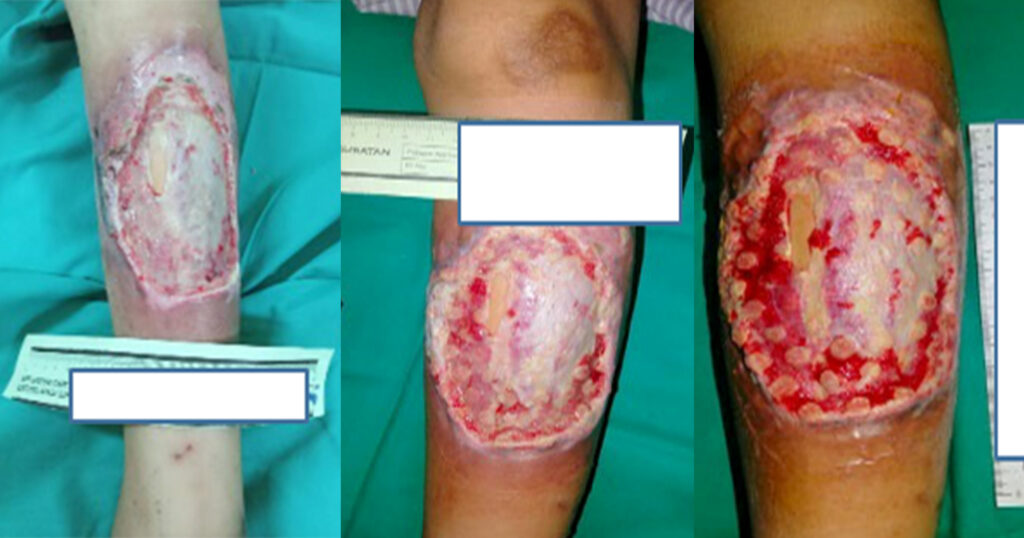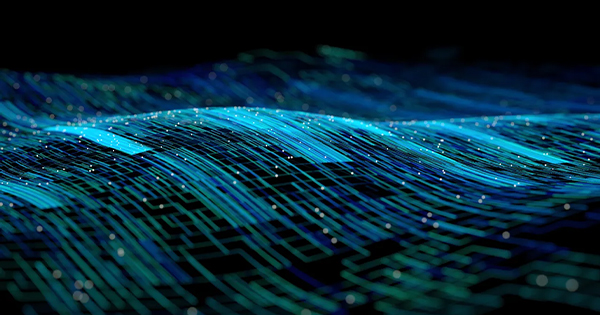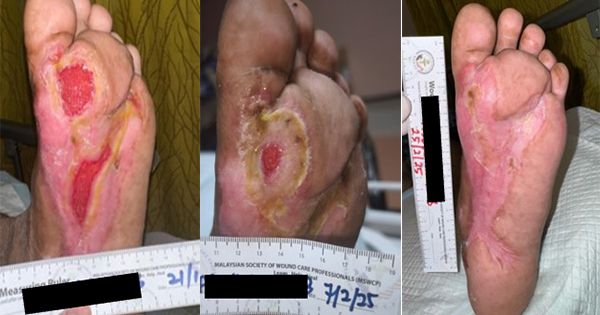Delayed wound healing poses a significant challenge in clinical practice, furthermore, chronic wounds result in discomfort, pain, prolonged treatment, and possibly reconstructive surgery. Complications due to poor wound healing, such as infection, financial strain and human resource expenditure bring a great burden to healthcare systems. With advanced wound care treatments, such as negative pressure wound treatment with instillation and dwell time (NPWTi-d), the adverse effects of chronic wounds may be reduced (Braakenburg et al, 2006).
NPWTi-d can be applied in a wide variety of wounds, such as postoperative wounds, acute injuries, pressure injuries/ulcers (PI/PU), diabetic foot ulcers (DFU) and venous leg ulcers (VLU; Slives et al, 1955). Instillation therapy is the technique where the wound is intermittently washed with a liquid solution, which can be either normal saline or a wound care solution such as Dermacyn. The mechanism of action is instilling fluid into the wound bed and soaking for a period of time, cleaning of exudate materials and contaminants. The fluid is then removed via negative pressure into the collection canister, all of which aids treat infection and promote tissue growth (Wolvos et al, 2014).
Materials and methods
The device used for this case series was the V.A.C. Veraflo (3M Medical, Malaysia), which provides conventional negative pressure, in addition to the instillation therapy. The wound bed is cleaned and prepared before application of NPWTi-d.
The initial NPWTi-d dressing was applied using sterile technique. A non-sting skin barrier was applied to the periwound area, circumferentially to the skin approximately 5cm from the wound edge, which was allowed to dry completely.
The dressing is an airtight, water- impermeable, adhesive-sealed occlusive type drape. It is also oxygen and water vapour semi-permeable, which protects from water loss and contamination, allowing only gases to escape while wound healing continues. These pumps have been improved over time, with programmed profiles of prolonged, intermittent, or continuous suction and a range of pressure, indicated by the mm/hg.
It is very important that the adhesive dressing maintains an airtight seal as air leaks will increase chances of secondary bacterial infection. For most patients the instillation time was 10 minutes. For large wounds or severely infected wounds, we can instil up to six hours.
Verbal consent was obtained from patients and/or carers for the use of cases details and photographs for publication and teaching purposes.
Results
Here we report three cases of patients with surgical wounds. Postoperatively the wounds were complicated by poor healing, wound breakdown and/or infection, and were being treated with intravenous antibiotics and regular dressing changes as inpatients. Despite the treatment given, there was no significant improvement, hence NPWTi-d was applied.
Case 1 was a 19-year-old female, with known case of type 1 diabetes mellitus, diagnosed at the age of 13, she was also suffering from depression. She first presented with an abscess over her left midshin after sustaining a minor injury, which progressively increased in size. During admission an X-ray of the left leg showed no osteomyelitic changes. Incision and drainage were performed by the orthopaedics team and intravenous antibiotics (intravenous Unasyn 3g four times a day) were given for one week. However, the wound remained sloughy with erythema on the surrounding skin despite treatment. A decision for NPWTi-d was made. After three cycles of NPWTi-d, there was reduction in slough and an increase in healthy granulation tissue.
Case 2 was a 85-year-old female with known case of hypertension, mitral stenosis and osteoporosis. She first presented with left lower limb bullous cellulitis following an unknown insect bite. Due to a delay in seeking treatment, her cellulitis became complicated by necrotising fasciitis and emergency wound debridement was performed by the orthopaedics team. Postoperatively, the patient completed two weeks of intravenous antibiotics (intravenous Unasyn 3g four times a day) and had regular dressing changes during her one month inpatient stay. In view of poor and delayed wound healing, NPWTi-d was applied for one cycle and patient was able to be discharged from the ward after two weeks with continued dressing changes as an outpatient.
Case 3 was a 67-year-old male with no known underlying medical illness. He initially presented to the hospital with sudden onset severe abdominal pain and was treated as acute abdomen. An urgent exploratory laparotomy was performed by the surgical team. However, postoperatively the abdomen and surgical site infection (SSI) were present. Regular wound dressing changes was carried as an inpatient and two courses of intravenous antibiotics were given (two weeks of intravenous ceftriaxone 2g once a day and two weeks of intravenous tazocin 4.5g four times a day). One cycle of NPWTi-d was applied to the wound, which resulted in a reduction in both wound size and exudative material.
Discussion
NPWT has changed the care of complex wounds. The addition of instillation (NPWTi-d) adds several potential benefits, with favourable responses in wounds with significant contamination and those with poor inherent vascularity (Labanaris et al, 2009).
V.A.C. Veraflo Therapy (with Instillation) consists of NPWT (V.A.C. Therapy) coupled with controlled delivery and the drainage of topical wound irrigation treatment solutions over the wound bed. It promotes granulation tissue formation and is appropriate for surgical wounds (both infected and non-infected) and DFUs. It acts by four main mechanisms of action, including macrodeformation of the tissues, drainage of extracellular inflammatory fluids, stabilization of the environment of the wound, and microdeformation (Orgill et al, 2009).
It is widely accepted that moist wounds re-epithelialise faster than dry wounds. Another key property of NPWT is the removal of fluid and optimising the wounds microenvironment through thermal insulation and the prevention of evaporative losses. NPWTi-d harnesses the known benefits of wound irrigation and allows for targeted and repeated even delivery of topical solutions to the wound bed. This additional capacity of NPWTi-d is thought to assist with wound healing and improves patients’ general wellbeing (Ubbink et al, 2008).
Limitation
This case series is based on a small and non-representative sample and may not be replicable or generalisable to other settings or populations.
Conclusion
NPWTi-d therapy has proven beneficial to patients with surgical wounds, both in infected and non-infected wounds (Perez et al, 2010).From the case series, we can conclude that this therapy helps with patients with chronically infected wounds, as well as wounds with poor healing. There is improvement in terms of infection, reduction in size of chronic, poor healing wounds and indirectly restoration of patients’ general condition and wellbeing (McNulty et al, 2007).
In view of all these benefits, NPWTi-d therapy should be applied for wounds of appropriate patients in acute settings as well as intensive care units. We believe that by being able to tackle the wounds, we will be able to mitigate one key factor dictating patients’ chances of improvement. NPWTi-d therapy (V.A.C. Veraflo Therapy with Instillation) can be used to achieve this.






